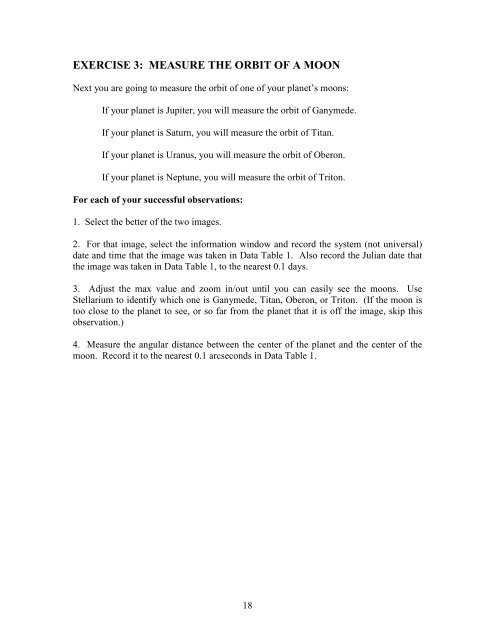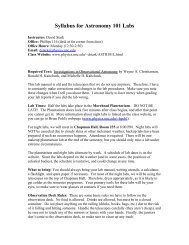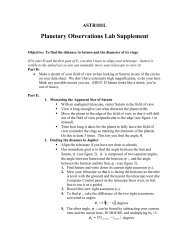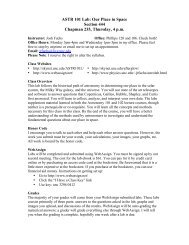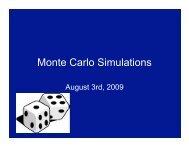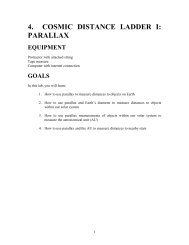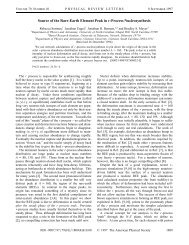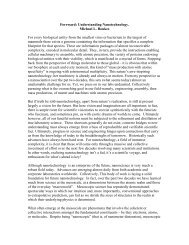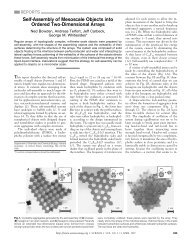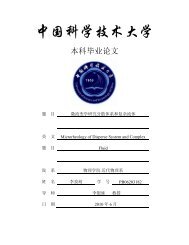3. THE GALILEAN REVOLUTION: EARTH'S PLACE IN THE SOLAR ...
3. THE GALILEAN REVOLUTION: EARTH'S PLACE IN THE SOLAR ...
3. THE GALILEAN REVOLUTION: EARTH'S PLACE IN THE SOLAR ...
Create successful ePaper yourself
Turn your PDF publications into a flip-book with our unique Google optimized e-Paper software.
EXERCISE 3: MEASURE <strong>THE</strong> ORBIT OF A MOON<br />
Next you are going to measure the orbit of one of your planet’s moons:<br />
If your planet is Jupiter, you will measure the orbit of Ganymede.<br />
If your planet is Saturn, you will measure the orbit of Titan.<br />
If your planet is Uranus, you will measure the orbit of Oberon.<br />
If your planet is Neptune, you will measure the orbit of Triton.<br />
For each of your successful observations:<br />
1. Select the better of the two images.<br />
2. For that image, select the information window and record the system (not universal)<br />
date and time that the image was taken in Data Table 1. Also record the Julian date that<br />
the image was taken in Data Table 1, to the nearest 0.1 days.<br />
<strong>3.</strong> Adjust the max value and zoom in/out until you can easily see the moons. Use<br />
Stellarium to identify which one is Ganymede, Titan, Oberon, or Triton. (If the moon is<br />
too close to the planet to see, or so far from the planet that it is off the image, skip this<br />
observation.)<br />
4. Measure the angular distance between the center of the planet and the center of the<br />
moon. Record it to the nearest 0.1 arcseconds in Data Table 1.<br />
18


